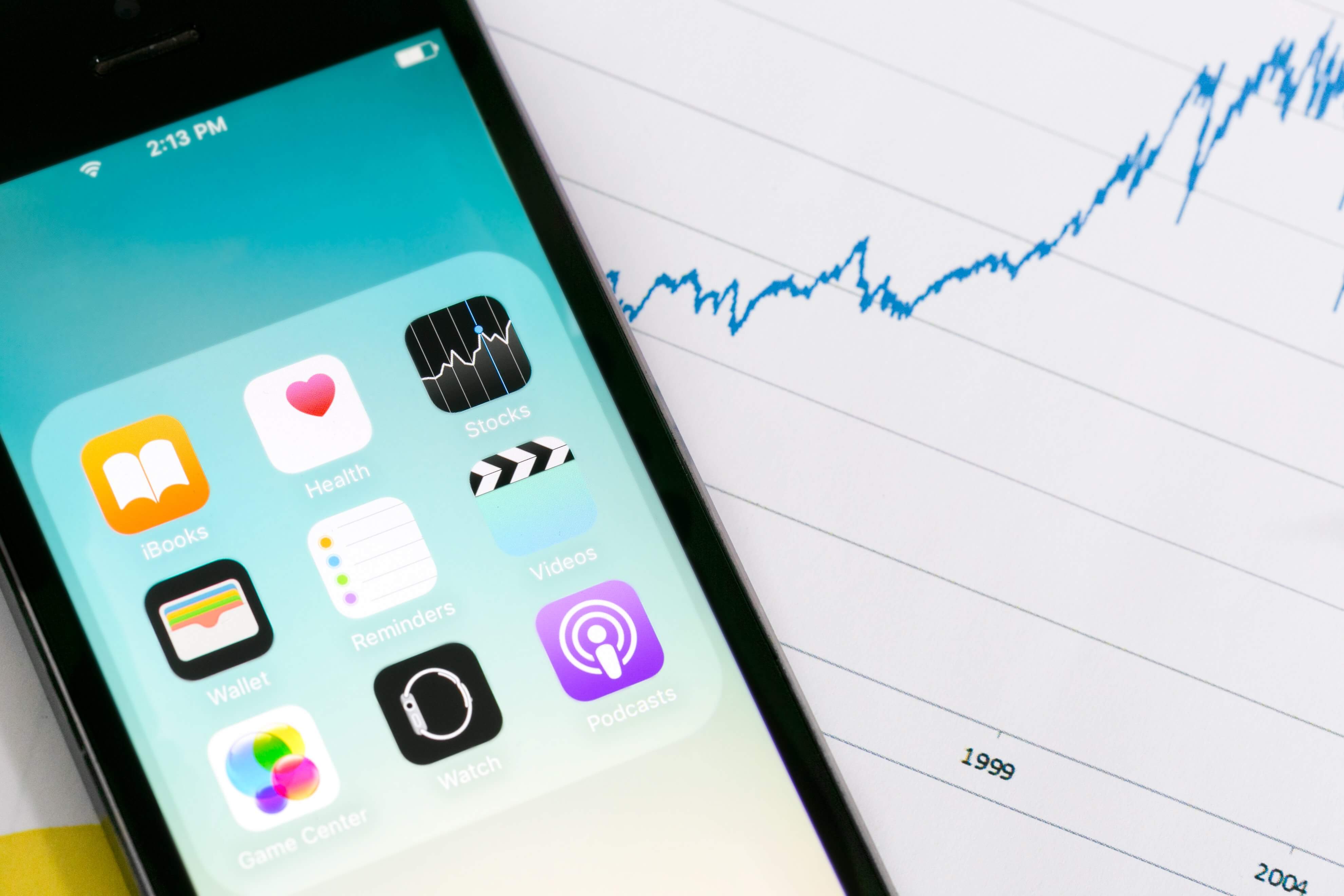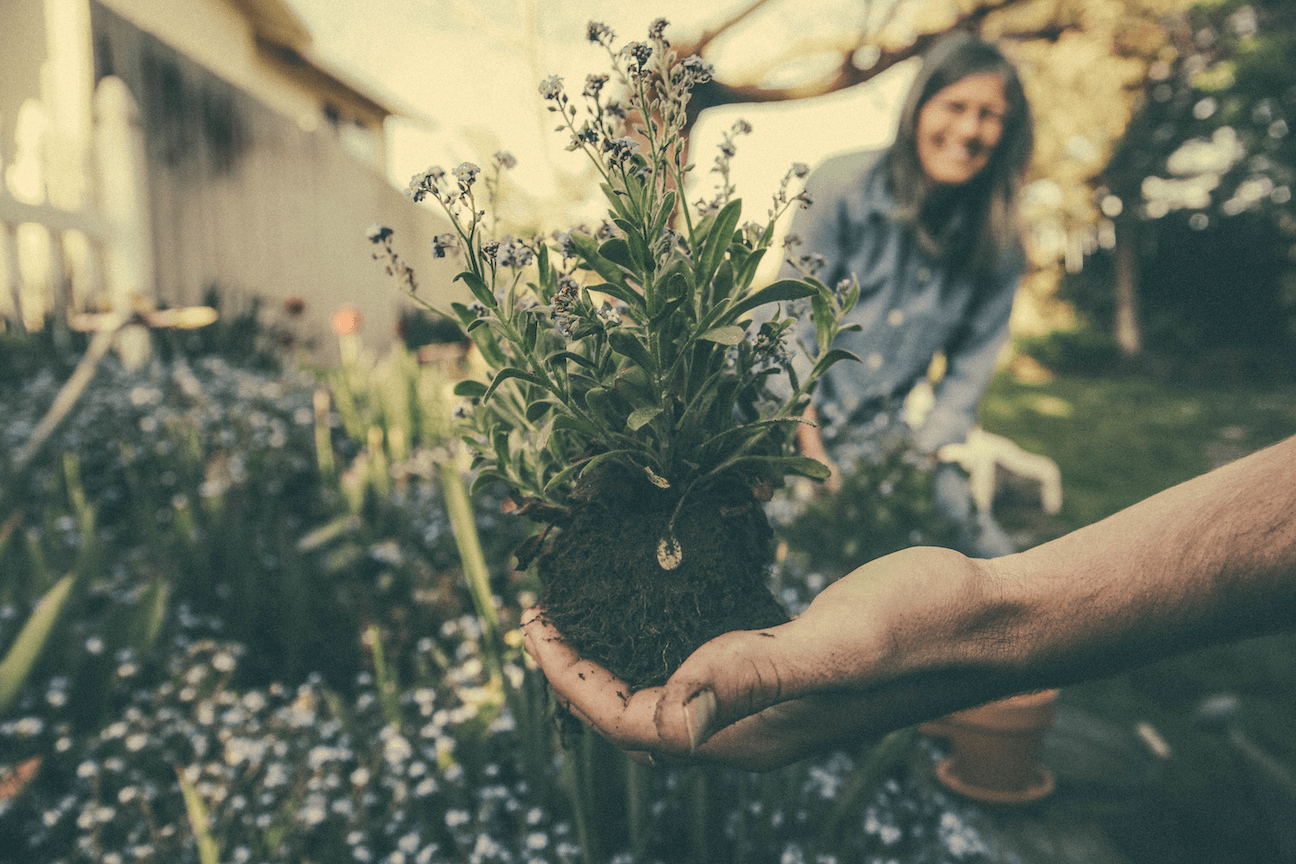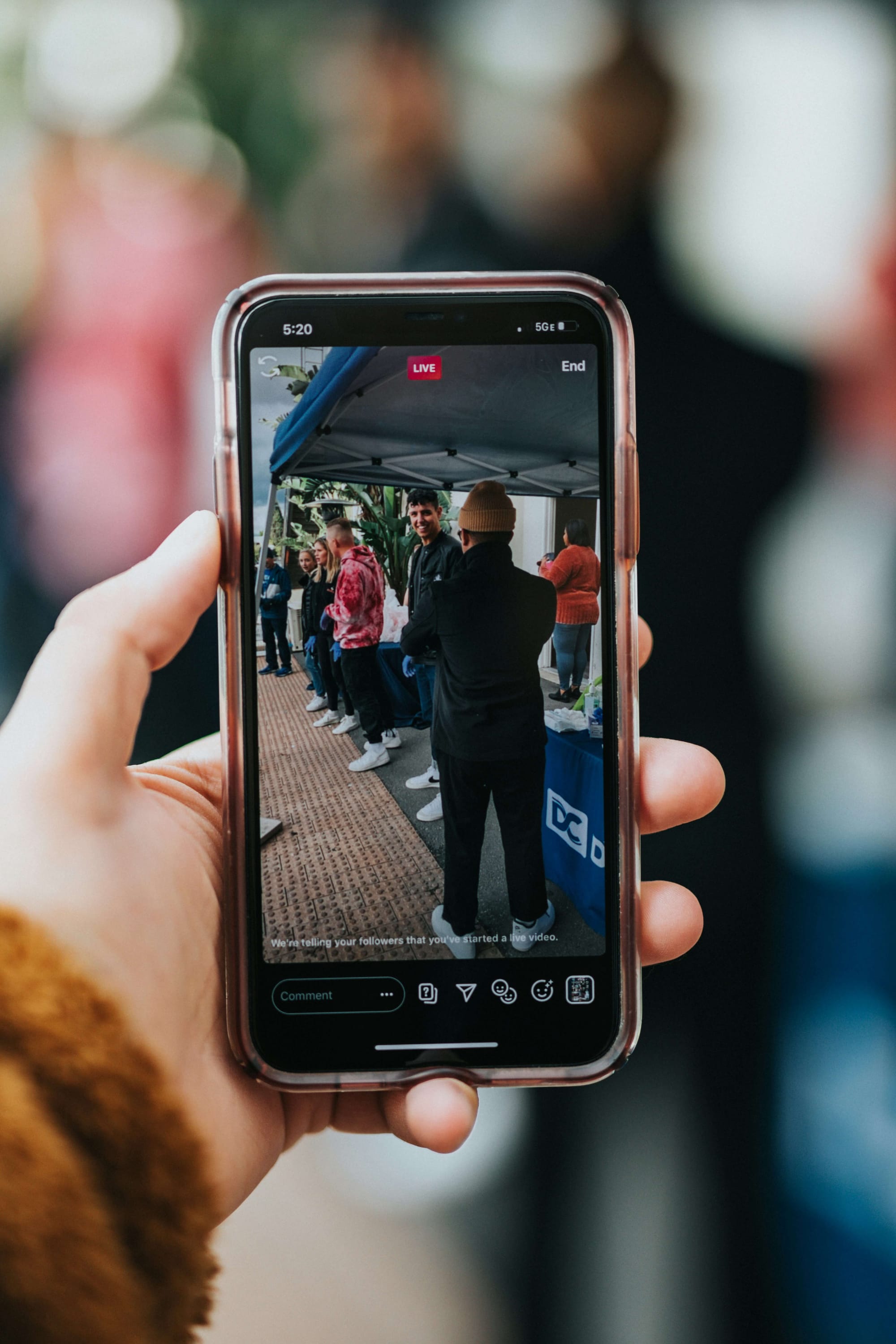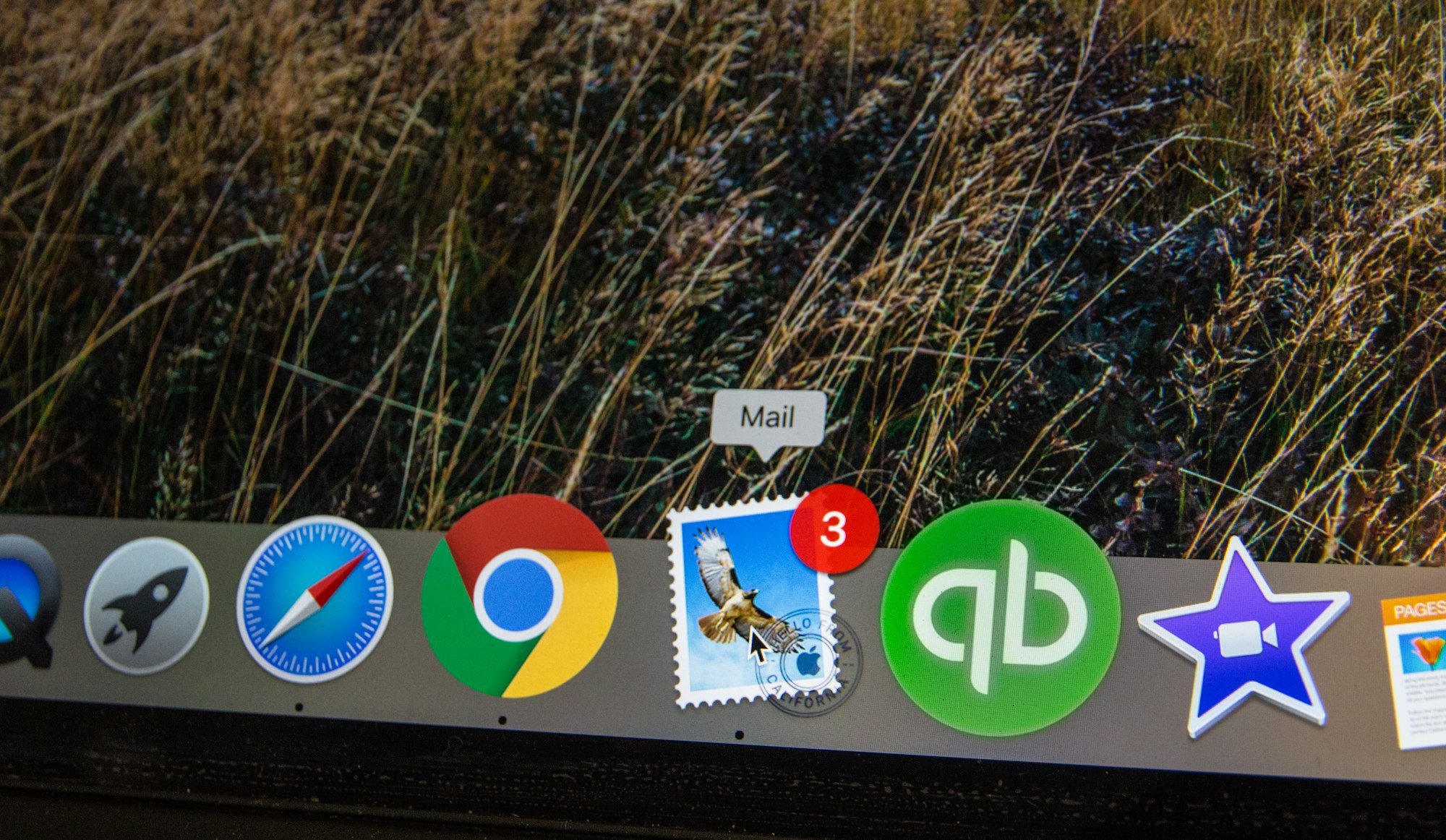The faster you can make new sales and grow your brand the better, right?
Not necessarily.
In order to ensure that you’re setting your business up for long-term success, you need to focus on sustainable growth strategies. As a small business just starting out, it can seem like getting as many customers to your ecommerce store in as little time as possible is the best route. However, spending your entire marketing budget on expensive PPC advertisements or aggressive discount promotions may cause your business to fail before you even get the chance to start.
On the other hand, you obviously need to get customers to discover your store somehow in the beginning and that’s where sustainable customer acquisition strategies come into play. So, let’s dive into what sustainable growth really means for your small business, and a few strategies you can try.
What is sustainable growth?
It seems like everyone is talking about sustainable growth these days, but what exactly does that mean? In terms of your customer base and your actual revenue, sustainable growth is all about growing your business at a rate that’s manageable with your available cash flows.
“A sustainable growth rate (SGR) is the maximum growth rate that a company can sustain without having to increase financial leverage.”
Inc
In other words, sustainable growth is the amount a business can grow before having to borrow money—either from debt or equity financing. If you’re just starting out, chances are you may not have thought about this before. Debt and equity financing are two ways to secure external financing for your small business: Debt financing involves borrowing money from a lender that will be paid back with interest, and equity financing involves selling a percentage of your business to an investor in exchange for capital.
The goal for any company is to achieve growth sustainably without having to take on these types of financial leverage, but don’t worry—even small businesses just starting out can achieve this goal!
Why it’s important to calculate your sustainable growth rate
Now that you understand exactly what sustainable growth is, you may be asking yourself how to calculate your own sustainable growth rate (SGR) or why it even matters.
As you may know, every business has a “floor” level of sales that it must make in order to cover all their costs. This is known as their break-even point where total sales revenue covers the costs to make the product and fixed costs. While not every small business achieves this break-even point right away, there’s no doubt that it’s a top priority to hit this point and eventually move past it to start earning profit.
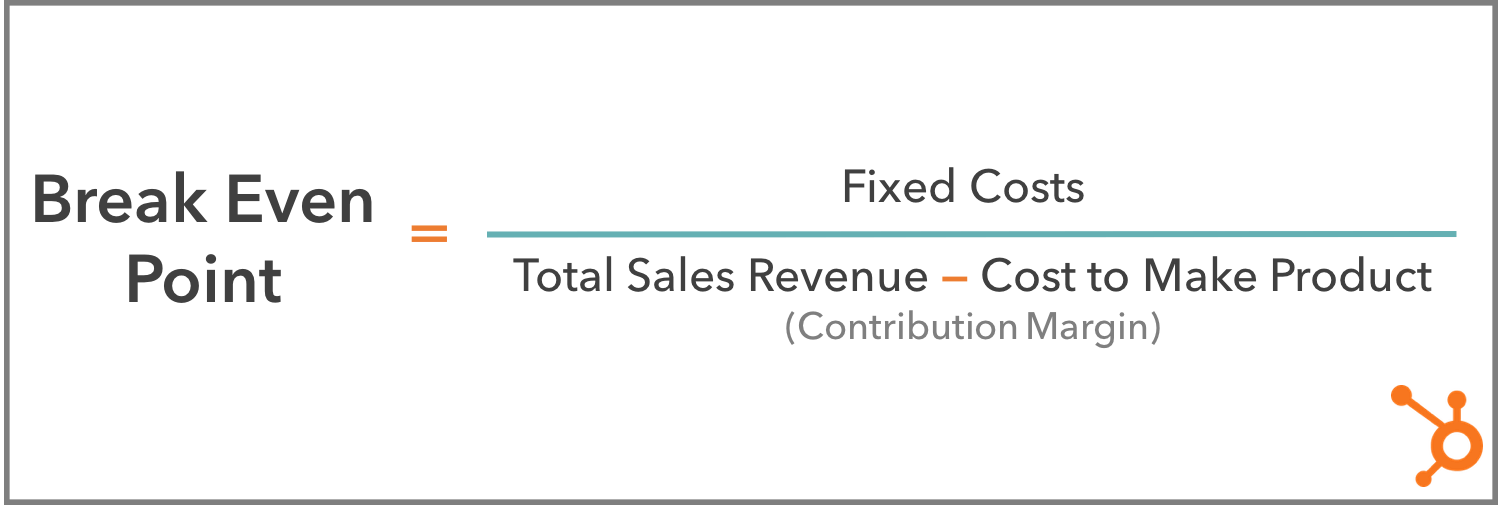
Source: Hubspot
While the concept of break-even may be familiar or seem logical, what you may not have known is that every business also has a “ceiling” level of sales it can reach before they run out of available operating cash flow—this is your sustainable growth rate. You can think of this as your growth break-even point.
At first glance, this concept may seem illogical. After all, isn’t the goal of every ecommerce store to grow and make as many sales as possible?
Well, let’s think about this in terms of a new business that’s just launched: when entrepreneurs are first starting out, one of the things they often lack is resources. If your sales are growing at a rate that is too quick for you to handle you’ll have to increase your financial leverage to cover the costs of production, labor, and shipping. Therefore, it’s important to keep that level of growth below the “ceiling” level of sales that’s acceptable for your business to avoid being overly leveraged or experiencing financial distress.
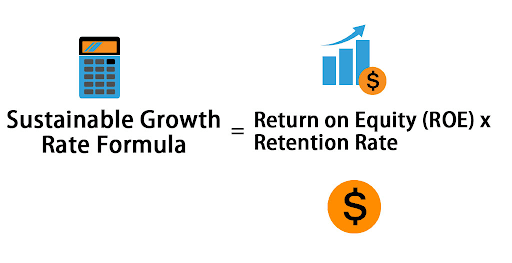
Source: Educba
Calculating your SGR requires you to first calculate your Return on Equity (ROE) and your Retention Rate.
ROE = Net income / EquityRetention Rate = 1 - Dividend Payout Rate
Once you’ve crunched all the numbers you need, you can figure out your sustainable growth rate. We understand it’s tempting to ignore these calculations, but they’re absolutely crucial for your long-term success, and there are many online SGR calculators to help you out.
Measuring your SGR provides you with a lot of useful information for your brand. It sets a boundary for your sales and helps you monitor whether or not you’re on track for long-term sustainable growth. It also provides investors with useful information because companies with high SGRs are effective with maximizing sales, and it helps to effectively manage their inventory. But at the end of the day, one of the most beneficial parts about measuring your SGR is that it helps ensure your brand is growing from organic sales instead of external financing.
The secrets to achieving sustainable small business growth
Building a brand in the 21st century comes with its own set of challenges stemming from a changing business environment including everything from constant technology innovation to evolving consumer preferences. In order to achieve sustainable growth, you have to be aware of a few key things to set your brand up for success.
Here, we’ve created a short list of tips to support your sustainable growth strategies, so you can start setting up your business for long-term success! These are a few tried-and-tested things to think about as you plan for sustainable growth.
Communicate your unique value proposition
Every entrepreneur has a reason they decided to launch their business; it’s because they believe they’ve created something unique and valuable for a specific group of people. This is known as a brand’s unique value proposition and all of the best brands have one.
“Your UVP is a clear statement that describes the benefit of your offer, how you solve your customer’s needs and what distinguishes you from the competition.”
Unbounce
Your brand’s core values need to be clear to your customers; they need to be able to easily identify and connect with your purpose. When you know your reason for existing, it's your job to make it clear in every aspect of your business from your online experience to the products you sell.
It’s this UVP that’s going to help your small brand stand a chance against the ecommerce giants you’re competing with.
Consistently monitor your growth
Starting a new brand can be extremely stressful, especially if you’re doing it alone or with very limited resources. It can feel like there are a million things to do and you simply don’t have the time. While this may have some truth, there is one thing that is absolutely essential to make time for: measuring your progress.
If you aren’t assessing your business’ performance metrics then you could be doing a lot better or worse than you thought, causing you to allocate resources illogically. As a small business with strapped resources, it’s essential to be making the best use of your time and money. Measuring your success on an ongoing basis will help you grow sustainably and make informed decisions!
Measuring a few key metrics can make the difference between long-term growth or a quick financial decline.
Define your brand’s story
Since starting an ecommerce store has become easier than ever, the ecommerce space is becoming more crowded with millions of brands. So you need to think about what sets you apart from all of the other ecommerce stores online. The secret to standing out could be as simple as a great story.
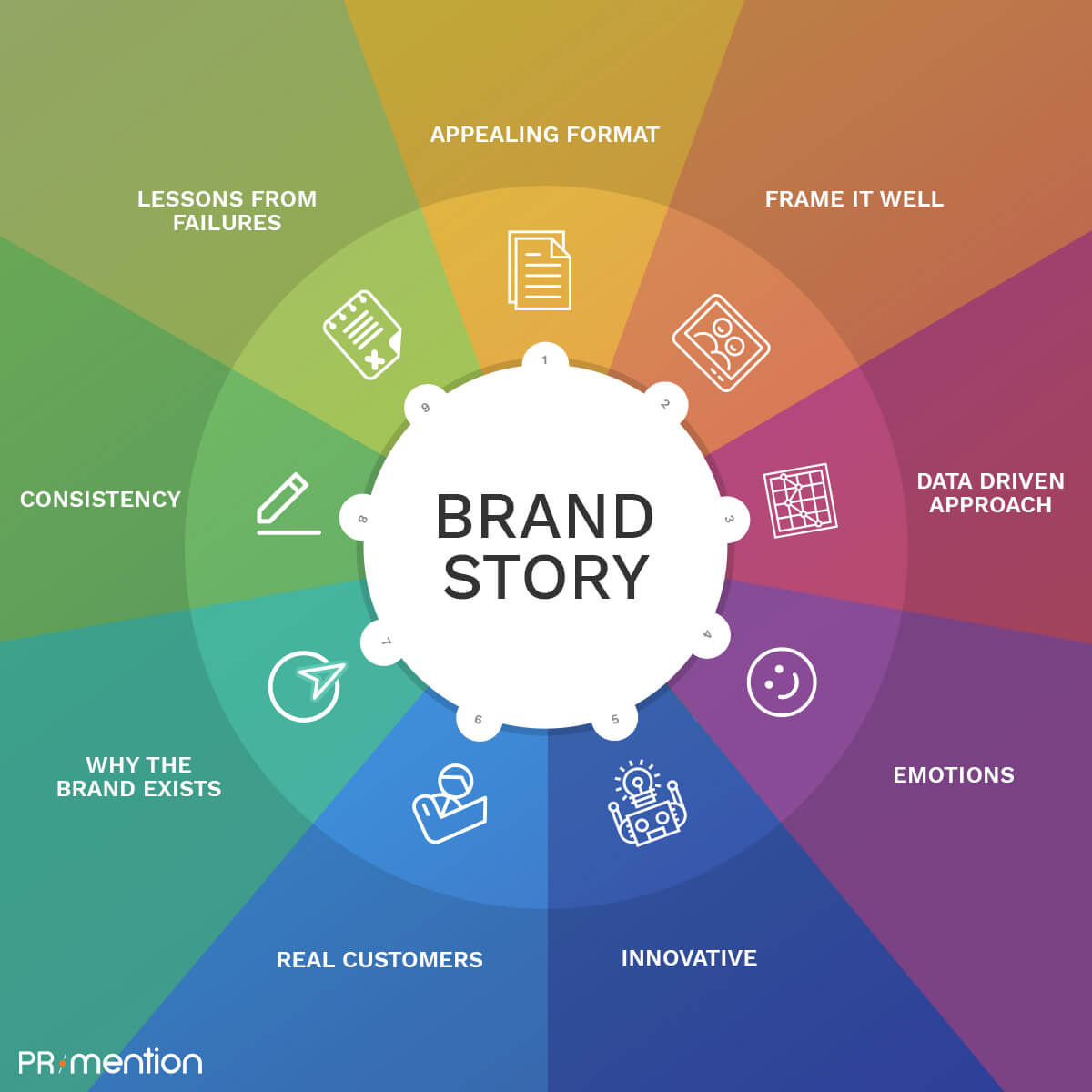
Sharing your brand’s story with your customers is a great way to connect with them emotionally and make them want to buy from you. Giving your customers a peek into the human side of your brand builds a bond with them that goes beyond your products. As PR Mention points out above, there are many ways to ensure that you’re telling your story in the most effective way. When your customers can relate to your story, they’re more likely to continue shopping with you.
Even as a small brand, you can tell a big story to keep your customers from closing the book on you.
Foster repeat customers
One of the best ways to grow sustainably is to keep customers coming back after they’ve shopped with you once. Selling to returning customers can save you valuable time and money as a small business because repeat customers are profitable (especially since the top 8% of your customers contribute to 41% of your revenue).
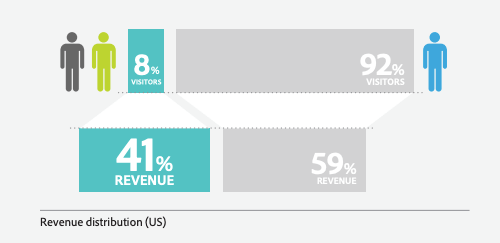
Source: Adobe Digital Index
A great way to encourage repeat shoppers is through a loyalty program. Offering customers rewards for actions like purchases, connecting with you on social media, or referring your brand to their friends gives them an incentive to continue shopping with your brand over time. Loyalty programs are an easy way to organically increase your sales from customers who have already shopped with you to avoid having to take on external financing.
We happen to know of a pretty great company that can help your small business launch a loyalty program quickly and easily—and the best part is it’s free!
Build a strong brand community
One of the best ways to achieve growth is to build a strong virtual community that customers want to be a part of. A brand community gives your customers a place where they feel connected to one another and to your brand.
Including features like discussion boards or open forums are easy tactics that you can employ today to start building a community. As your business continues to grow, your brand community will grow too, and a growing community will draw even more customers in, causing sales to increase. It’s a win-win situation!
Every community has to start somewhere; start building your brand community today no matter the stage your business is in.
Key Takeaways:
- Sustainable growth is the maximum amount of sales your brand can make before having to borrow money.
- SGR = ROE * Retention Rate.
- Measuring your SGR is an important indicator of whether or not you’re on track to long-term success stemming from organic sales.
- Achieving sustainable growth can be done from communicating your value proposition, constantly measuring your growth, telling your brand story, fostering repeat customers, and building a strong brand community.

